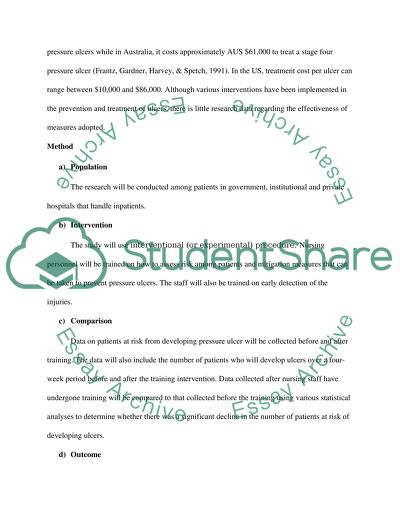Cite this document
(“Effectiveness of Risk Assessment in Preventing Pressure Ulcer Research Paper”, n.d.)
Effectiveness of Risk Assessment in Preventing Pressure Ulcer Research Paper. Retrieved from https://studentshare.org/nursing/1461335-write
Effectiveness of Risk Assessment in Preventing Pressure Ulcer Research Paper. Retrieved from https://studentshare.org/nursing/1461335-write
(Effectiveness of Risk Assessment in Preventing Pressure Ulcer Research Paper)
Effectiveness of Risk Assessment in Preventing Pressure Ulcer Research Paper. https://studentshare.org/nursing/1461335-write.
Effectiveness of Risk Assessment in Preventing Pressure Ulcer Research Paper. https://studentshare.org/nursing/1461335-write.
“Effectiveness of Risk Assessment in Preventing Pressure Ulcer Research Paper”, n.d. https://studentshare.org/nursing/1461335-write.


